Oldenlandia L.
starviolet
Rubiaceae
Bacopa, Boltonia, Dentella, Diodia, Justicia, Veronica
South America
Oldenlandia salzmannii (DC.) Benth. & Hook.f. ex B.D. Jacks.
Oldenlandia lancifolia (Schumach.) DC. is introduced into South America, Central America, West Indies and Mexico.
O. salzmannii is introduced into the southeastern United States (AL, FL).
not weedy
creeping herb; terrestrialterrestrial:
(adj) growing on land as opposed to living in water
 , emergentemergent:
, emergentemergent:
(adj) (syn. emersed) with parts raised out of the water; extending up out of the water
 or submergedsubmerged:
or submergedsubmerged:
(adj) (syn. submersed) under water; submerged below the water surface
 for short periods
for short periods
Stem creeping to slightly ascending, filiformfiliform:
(adj) thread-like; long and thin
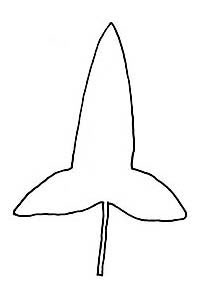 , faintly squarish, sparsely branched usually from the base, glabrousglabrous:
, faintly squarish, sparsely branched usually from the base, glabrousglabrous:
(adj) without hairs or scales
 ; rooting at lower nodes. Leaves oppositeopposite:
; rooting at lower nodes. Leaves oppositeopposite:
(adj) (of leaves) two leaves per node; in pairs on opposite sides of an axis
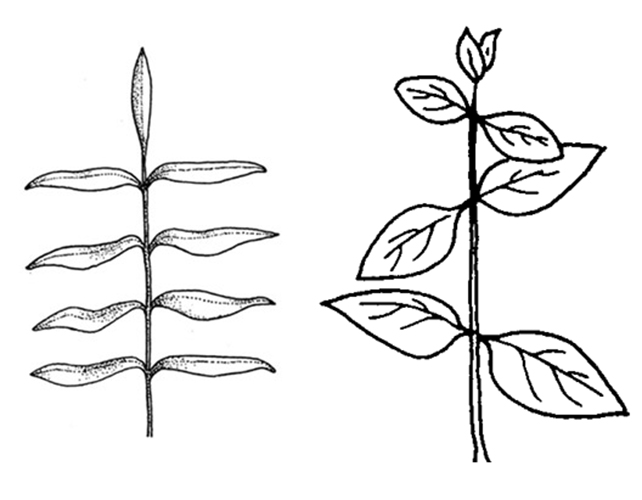 , decussatedecussate:
, decussatedecussate:
(adj) arranged along stem in pairs, with each pair at right angles to the pairs above and below
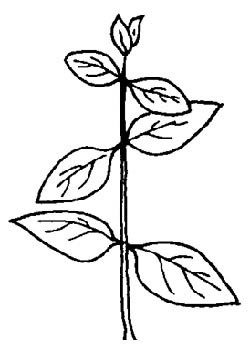 ; petiolepetiole:
; petiolepetiole:
(n) the stalk of a leaf
 flattened, lower half united to stipules; stipules minute, thin; leaf bladeblade:
flattened, lower half united to stipules; stipules minute, thin; leaf bladeblade:
(n) (syn. lamina) the flat, expanded part of a leaf, frond, or petal (excluding, e.g., the petiole)
 narrowly to broadly ellipticelliptical:
narrowly to broadly ellipticelliptical:
(adj) in the form of an ellipse (oval)
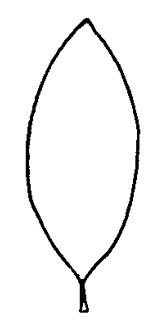 ; marginmargin:
; marginmargin:
(n) edge; rim
 entire or usually with several trichometrichome:
entire or usually with several trichometrichome:
(n) an epidermal outgrowth such as a hair or scale
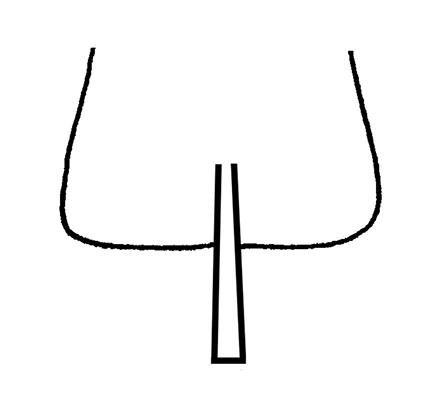 -like setae of varied lengths, giving the marginmargin:
-like setae of varied lengths, giving the marginmargin:
(n) edge; rim
 a lobedlobed:
a lobedlobed:
(adj) divided into (usually rounded) segments
 appearance if short and blunt; venationvenation:
appearance if short and blunt; venationvenation:
(n) the arrangement of veins in a leaf
 obscure, midribmidrib:
obscure, midribmidrib:
(n) the main or central vein, line or rib in a leaf or perianth segment
 only. Flowers in leaf axils, solitary or 2 per node; pedicelspedicel:
only. Flowers in leaf axils, solitary or 2 per node; pedicelspedicel:
(n) the stalk of a single flower in an inflorescence, or of a grass spikelet
straight or somewhat curved; sepals 4, fused, lobes ovateovate:
(adj) egg-shaped in outline; generally with the broad end at or near the base
 , apexapex:
, apexapex:
(n) the point farthest from the point of attachment; the tip (often pointed)
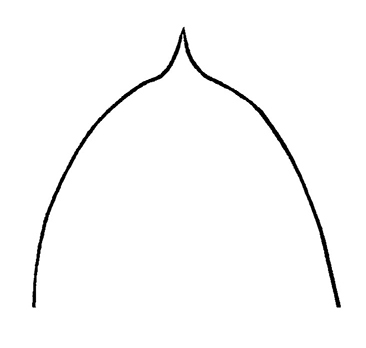 acuteacute:
acuteacute:
(adj) tapering to a sharp, pointed apex with more or less straight sides; broader than acuminate; forming an angle of less than 90 degrees
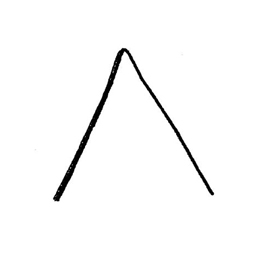 ; corollacorolla:
; corollacorolla:
(n) the inner whorl(s) of the perianth; all the petals of a flower
 campanulate, 4-lobed, lobes ovateovate:
campanulate, 4-lobed, lobes ovateovate:
(adj) egg-shaped in outline; generally with the broad end at or near the base
 , apexapex:
, apexapex:
(n) the point farthest from the point of attachment; the tip (often pointed)
 ± acuteacute:
± acuteacute:
(adj) tapering to a sharp, pointed apex with more or less straight sides; broader than acuminate; forming an angle of less than 90 degrees
 , externally glabrousglabrous:
, externally glabrousglabrous:
(adj) without hairs or scales
 , internally hairy; white to pinkish.
, internally hairy; white to pinkish.
wet soil and shallow water, amphibiousamphibious:
(adj) of a plant able to live on land or in water
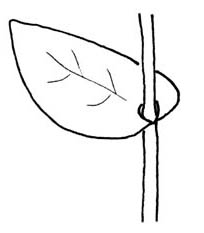 to emergentemergent:
to emergentemergent:
(adj) (syn. emersed) with parts raised out of the water; extending up out of the water

Within this genus of nearly 250 species, here we focus solely on the aquatic species Oldenlandia salzmannii. It is often referred to and offered under the synonym Hedyotis salzmannii.
Oldenlandia was often treated as a subgenus of Hedyotis, later being recognized as a distinct genus due to chromosome and pollen data (Lewis, 1965). Although acknowledged as separate genera, an unequivocal phylogeny has yet to be published. A recent phylogenetic tree produced from limited molecular data still offers insight to the most probable placement of O. salzmannii. This poorly supported phylogeny demonstrates that O. salzmannii, although not nested within Oldenlandia, is more closely related to this genus than Hedyotis (Neupane et al, 2015). Further studies must be done but for now the accepted name in most flora, and the one we recognize here, is O. salzmannii.